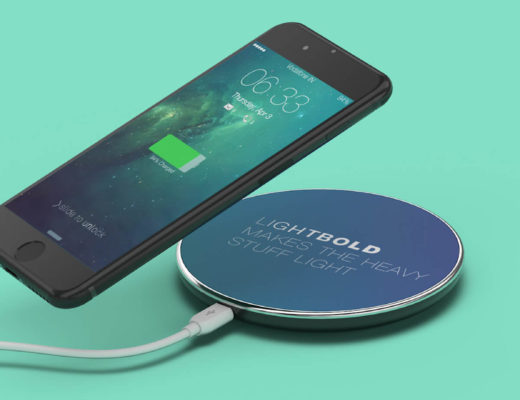
Wireless technology is constantly evolving and over time has enabled new possibilities for using devices that have quickly entered everyone’s everyday life. In fact, Wi-Fi can be found and accessed in all rooms to allow both Internet use and connections of devices such as printers. Furthermore, Bluetooth technology has become more widespread in recent years due to the quest for portability among the requirements of mobile devices such as headsets, earphones and speakers.
Among these known and established technologies, there are others that may offer new possibilities of use and new tools. One in particular is attracting everyone’s attention these days and that is NFC, the most recent among wireless technologies and also the least discussed. In this article, we will explore how this technology works and the possible implications of its use.
What is NFC?
NFC stands for Near Field Communication and is a short-range wireless communication technology that allows two devices to connect, exchange information or activate functions when they are within a short distance of each other.
NFC is based on rapid mutual recognition between two devices and is derived from the structure of the ancestor RFID technology that uses electromagnetic induction to exchange information.
Before understanding how NFC technology works and the new possibilities for its use, let’s look at its main features:
- It is a wireless technology;
- It allows communication at a maximum distance of a few centimetres;
- Contactless communication between devices is also possible;
- Allows two-way communication between devices;
- The maximum transmission speed is 424 kbit/sec;
- The maximum transmission frequency is 13.56 MHz.
How does the NFC technology work?
In order for NFC technology to be used as a communication method, devices must contain an NFC chip that can be integrated or inserted into a SIM or MicroSD card.
The principle of operation due to electromagnetic induction allows NFC to be applied both on devices that have their own power source, such as a smartphone or tablet, defined as active NFC, as well as on devices that do not, therefore defined as passive NFC.
The operating principle allows a passive NFC to be powered by an electromagnetic field created by the active device as soon as the latter enters its range a few centimetres away, thus enabling the exchange of information.
The possibilities for using this technology are developed from the ways in which NFC works, which are represented by:
- Peer-to-peer mode, for the exchange of information. In this modality, the devices both switch from an active state, in sending data, to a passive state, in receiving.
- Read/write, to transmit data in a unidirectional manner. This mode allows an active NFC device to read or write the information contained in the passive NFC.
- Card emulation, in which a passive NFC is activated by an active NFC device, such as a card reader, to enable data exchange and contactless payments.
How is NFC different from Bluetooth?
A glance at the functionality offered by NFC technology might lead one to think that between this ‘new’ technology and the better-known Bluetooth technology there are no major differences, but in reality they are not so similar in use.
Bluetooth requires a pairing procedure of the devices while communication through NFC is autonomous and instantaneous.
A further difference concerns the range of action of the two technologies: the Bluetooth range is wider and allows devices to communicate even a few metres away.
Device connectivity through NFC, on the other hand, only works over a distance of a few centimetres. This difference in particular has important practical implications since, if the exchange of information concerns a payment or sensitive data, the greater operating distance of Bluetooth would guarantee less security and the transmission could be subject to intrusion by external parties.
What does the future hold for NFC technology?
The inclusion of NFC chips in products or devices is easy and the product does not result compromised, which opens the door to many new potential uses.
Here, the presence of NFC tags inside products could enable actions such as buying tickets for a concert, receiving information in a museum and authenticating the access to particular areas of a building, but not only…
Considering the inclusion of an NFC chip in products or packaging would mean new communication opportunities and a new product use model for companies. The customer would then be able to obtain real-time information about the product, download a flyer, learn about a brand identity.
NFC can thus open up a new channel of direct brand communication with the customer, can be used to guarantee the authenticity of one’s own products through the unique code attached to each NFC tag, and can enable qualitative information on the effectiveness of communication through the insertion of the chip on advertising material or on the trade fair stand.
These are just some of the possibilities that NFC offers, and experiments with its use in business realities have already begun: an association of French pharmacies has used NFC for in-store marketing; Fiat has exploited the new possibilities to create an innovative communication campaign through the diffusion of smart posters, and Carrefour has used NFC for the possibilities it offers in terms of customer loyalty with dedicated in-store promotions.
NFC is a versatile technology, perfect for the promotional market and its evolution, we have used it to distribute our catalogue, to find out more visit maikii.com or contact us at sales@maikii.com.



